If you have ever built a PC before, then you will probably be aware of the long horizontal slot or the PCIe slot in your motherboard. PCIe or Peripheral Component Interconnect Express is a high-speed serial interface standard designed to establish high-speed communication between CPU and peripherals, mainly graphics cards, sound cards, network adapters, and storage devices (PCIe NVMe SSDs), and with the introduction of the new PCIe 5.0 standards things got even more interesting.
On a motherboard, a PCIe slot comes in varying sizes, with x1, x4, x8, and x16, with x1 and x16 being the most common variations, and nowadays, the M. 2 slots are also very common. The number in the slot signifies the number of lanes in a PCIe. The bigger the number, the more lanes it has and the more bandwidth it can transfer. This is important to mention because, in practical situations, a big x16-looking slot could be an x1 slot, which you will find mostly in crypto-mining motherboards.
As we have seen in the past, each generation of PCIe is twice as fast as its predecessor and also backward compatible. This simply means the latest generation of PCIe, which is PCIe5, is compatible with PCIe4, PCI3, and more, but the speed and performance of the device will be limited.
What Are PCIe Lanes?
Before we move forward we need to know about PCIe lanes, and they come in two types: CPU lanes (connect directly to the CPU) and chipset lanes (connect to the CPU through the chipset). Chipset lanes have limited bandwidth, causing potential bottlenecks when multiple devices are connected. CPU lanes offer faster speeds and lower latency, especially for storage devices like NVMe SSDs. In the past, using CPU lanes for storage meant sacrificing bandwidth for the GPU. However, with newer technologies like PCIe 4.0, this bottleneck is less of an issue, and now, with the introduction of PCIe Gen 5.0, this will not be much of an issue by a long shot.
What is PCIe Gen 5.0?
PCIe 5.0 is the fifth generation of the Peripheral Component Interconnect Express (PCIe) interface, which was officially released in May 2019, and it offers a maximum bandwidth of 32 GT/s which in the real world translates to 64 gigabytes per second (GB/s) or 128 GB/s with PAM-4 encoding. Compared to that, an x16-sized slot running at gen three caps at around 16 gigabytes per second. Gen 4 gets 31.5 gigabytes per second. One fun fact about the New PCIe standard is to achieve this extremely high speed, 32 GHz, which is six times faster than the CPUs that manage the data.
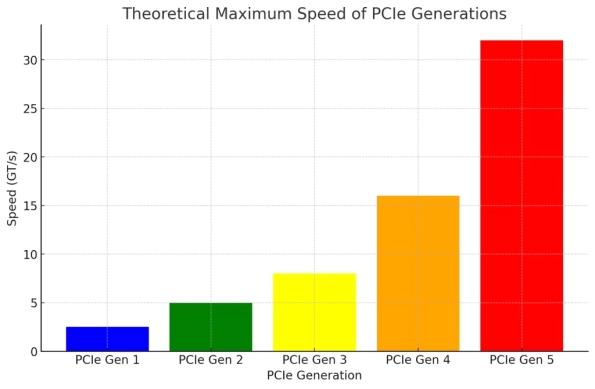
What is PCIe 4.0?
PCIe 4.0 (Peripheral Component Interconnect Express 4.0) is a computer bus standard that supports faster data transfer rates between the computer’s CPU and other peripheral devices. PCIe 4.0 is the Previous version of PCIe, and it provides a significant improvement in speed compared to its predecessor, PCIe 3.0.
PCIe 4.0 was developed by the PCI-SIG (Peripheral Component Interconnect Special Interest Group), a group of more than 900 member companies that includes major technology companies like Intel, AMD, IBM, and Microsoft. The standard was first announced in 2011, but it wasn’t until 2017 that it was released to the market.
The primary benefit of PCIe 4.0 is its increased speed. It supports a maximum data transfer rate of 16 GT/s (Giga transfers per second), which is double the speed of PCIe 3.0. This increased speed is achieved by increasing the number of lanes (data paths) in the bus. PCIe 4.0 has 16 lanes per slot, compared to PCIe 3.0’s eight lanes per slot.
Another advantage of PCIe 4.0 is that it’s backward compatible with previous PCIe versions. This means that PCIe 4.0 devices can be used in PCIe 3.0 or PCIe 2.0 slots, but the transfer speeds will be limited to the maximum speed of the slower version.
Best Mini PC with PCIe 4.0
GEEKOM Mini IT13 Mini PC 13th Gen Intel® Core™ i9/i7
- 13th Gen Intel Core i9-13900H , Core i7-13620H
- Intel® Iris® Xe Graphics for i9, Intel® UHD Graphics for i7
- Extensive port selection including two USB4 ports and two HDMI 2.0 ports
- Intel® Bluetooth® 5.2 and Wi-Fi 6E for faster connections
- Windows 11 Pro pre-installed, ready to use
Speaking of PCIe Gen 4.0, Geekom features a ton of AMD and Intel-based Mini PCs that support PCIe Gen 4.0 SSDs. Most significant is the GEEKOM Mini IT 13 Mini PC, a powerful mini PC powered by the latest 13th Gen Intel Core processors (i5, i7, or i9) and features Intel Iris Xe graphics. The Mini IT13 has a comprehensive port selection, including two USB4 ports, and supports up to four displays with 8K resolution. It also features Intel Bluetooth 5.2 and Wi-Fi 6E for fast and reliable wireless connectivity. Additionally, there is a £10 discount available. You can also get this with 12th Gen and 11th Gen Intel core processors, depending on your need and budget.
GEEKOM GT13 Pro Mini PC 13th Gen Intel® Core™ i9/i7
- 13th Gen Intel® Core™ i9-13900H , Core i7-13620H
- Intel® Iris® Xe Graphics for i9, Intel® UHD Graphics for i7
- Extensive port selection including two USB4 ports and two HDMI 2.0 ports
- Intel® Bluetooth® 5.2 and Wi-Fi 6E for faster connections
- Windows 11 Pro pre-installed, ready to use
There is also the GEEKOM GT13 Pro, A compact mini PC with 13th Gen Intel Core i9 or i7 processors, Intel Iris Xe or UHD graphics, up to 64GB DDR4 RAM, and up to 2TB SSD storage. It supports 8K video, quad displays, Wi-Fi 6E, Bluetooth 5.2, and boasts a variety of ports, including UB4 and HDMI 2.0. It has an innovative IceBlast 1.5 cooling system and comes with a gift worth £39.99 if purchased within the sale period.
GEEKOM AE8 Mini PC AMD Ryzen 9 8945HS or Ryzen 7 8845HS
- AMD Ryzen™ 9 8945HS or Ryzen™ 7 8845HS.
- AMD Radeon™ Graphics 780M.
- Dual-channel DDR5 5600MT/s, up to 64GB.
- M.2 2280 PCIe 4.0 x 4 SSD, up to 2TB.
- Wi-Fi 6E and Bluetooth® 5.2.
- Windows 11 Pro pre-installed.
If you are looking for a Mini PC with AMD processors, then you can check out the GEEKOM AE8 mini PC, which is a powerful and compact computer featuring AMD Ryzen 9 8945HS or Ryzen 7 8845HS processors, AMD Radeon 780M graphics, and up to 64GB of DDR5 RAM. It also has a fast M.2 2280 PCIe Gen 4 x 4 SSD with up to 2TB of storage. The AE8 comes pre-installed with Windows 11 Pro and includes various ports, such as USB 4.0 Type-C, HDMI 2.0, and Ethernet. It also supports Wi-Fi 6E and Bluetooth 5.2 for wireless connectivity. As a special offer, buyers can also get an extra gift worth £39.99.
PCIe 5.0 – Do you need it?
Now let’s address the elephant in the room and answer the question we’re all here for – Do you need PCIe 5.0 for your RTX 4090 right now? Not! But in the next two to three years, it will be a yes!
You might be wondering why. At the time of writing, the current generation of fully maxed out RTX4090 with 100% load only saturates 50 to 65% of the PCIe Gen 4 bandwidth, and the rest is just there, not being utilized at all. So, just having more bandwidth and transfer speeds will not load your games faster!
SSDs are a different case, though; there are some SSDs like the Crucial T700, the Firecuda 540 series, and the Aorus Gen5 10000, which is designed to work with the PCIe Gen 5.0 slot and has a theoretical maximum speed of 15.75 GB/s compared to 7.88GB/s that we found on a PCIe Gen 4.0 Slot.
While the interface itself can hit the speed I have just mentioned, some factors affect the real-world performance of a drive, like the SSD controller and the NAND Flash that is used to build the SSD. Also, pushing the controller to its maximum limit could introduce stability issues; there also will be thermal issues and much more that I could go on and on about!
In simple terms, the benefits of the drive are not noticeable in everyday use. The reason for this is that the drive’s sequential speeds are much faster than what is needed for most tasks, and its random read and write speeds, which are more important for everyday use, are not significantly quicker than those of Gen 4 drives.
However, the increased bandwidth of PCIe Gen 5 could be beneficial in the future, as it could allow for more lanes of PCIe connectivity. This means more devices to be connected to a computer without sacrificing performance. For example, you could connect 4 or 8 gen 4 SSDs in a consumer platform and you don’t need that enterprise solution that right now costs thousands of dollars.
Another benefit of PCIe Gen 5 is when using “Direct Storage” DirectStorage is a Microsoft API designed to significantly improve game loading times and overall performance by leveraging the speed and efficiency of NVMe SSDs. DirectStorage bypasses traditional storage bottlenecks by creating a more direct path between the game assets on the SSD and the graphics card’s memory (VRAM). It shifts the burden of decompressing game assets from the CPU to the more powerful GPU, freeing up CPU resources for other tasks and accelerating loading times. Game titles can significantly benefit from this.
Conclusion
Both PCIe 5.0 and 4.0 platforms offer great flexibility and more than adequate choices of peripherals for your build, but with PCIe5, you can rest assured that advanced SSDs and GPUs released in the next few years will be compatible with your system with their full capability. Additionally, a 20-lane CPU will provide a direct connection for the GPU and SSD, potentially reducing latency.
The mini PC with PCIe 4.0 at GEEKOM is not only cost-effective but also compatible with older PCIe devices, providing users with a versatile solution that can adapt to their changing needs. Experience the benefits of PCIe 4.0 with our mini PC today!


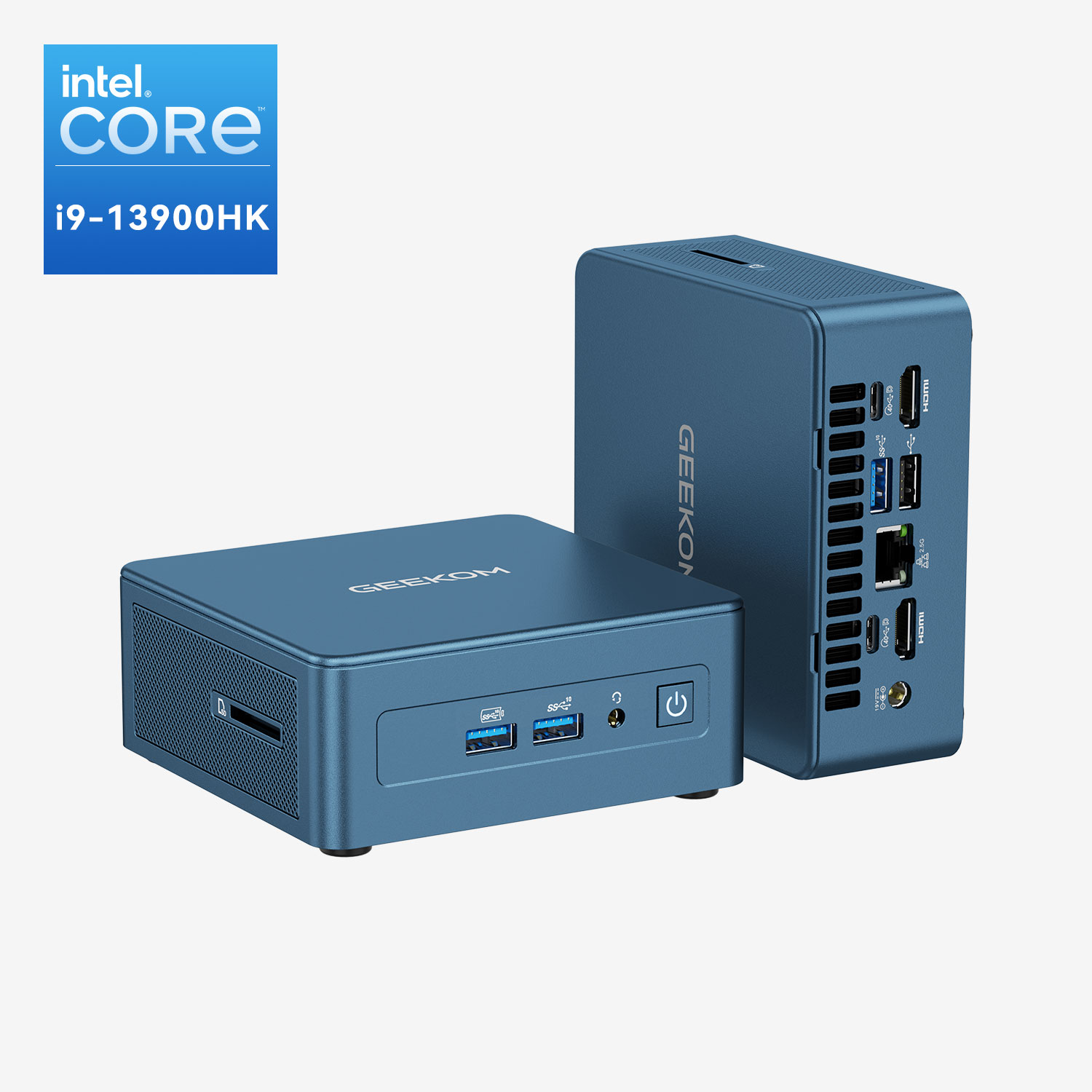
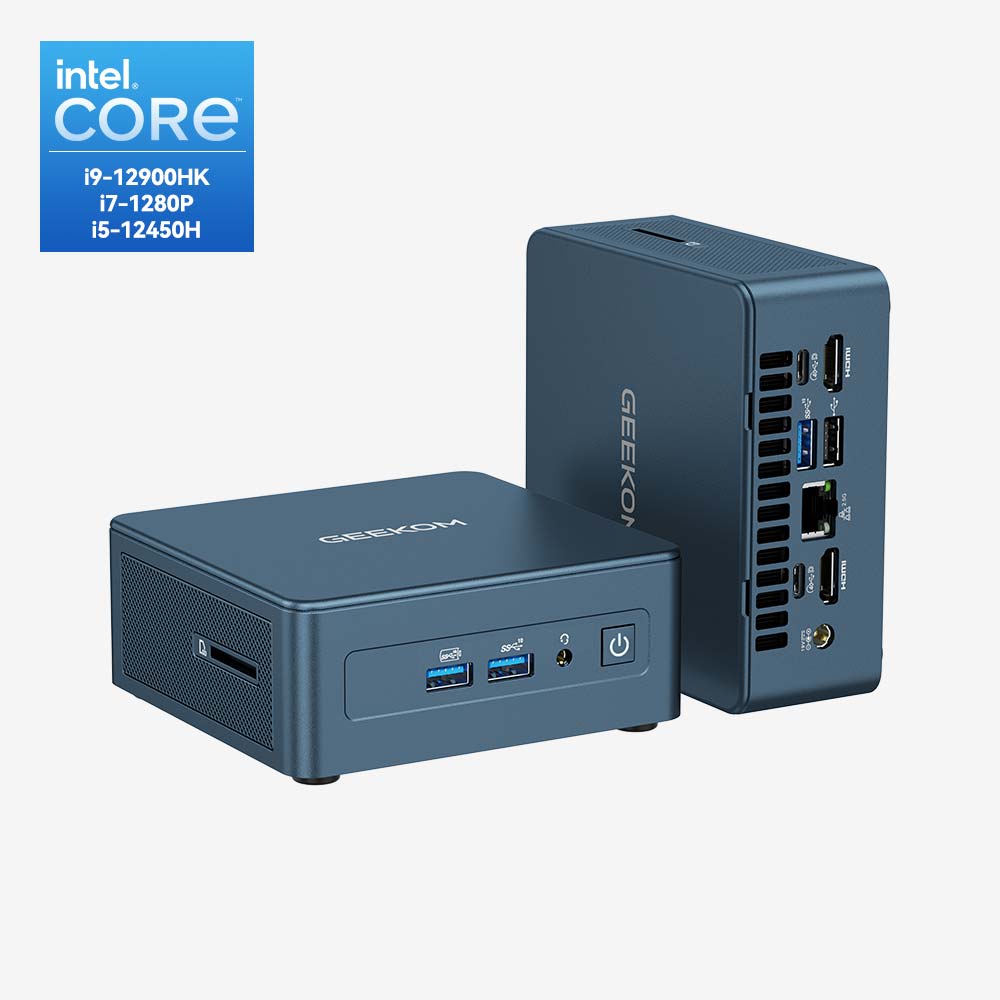
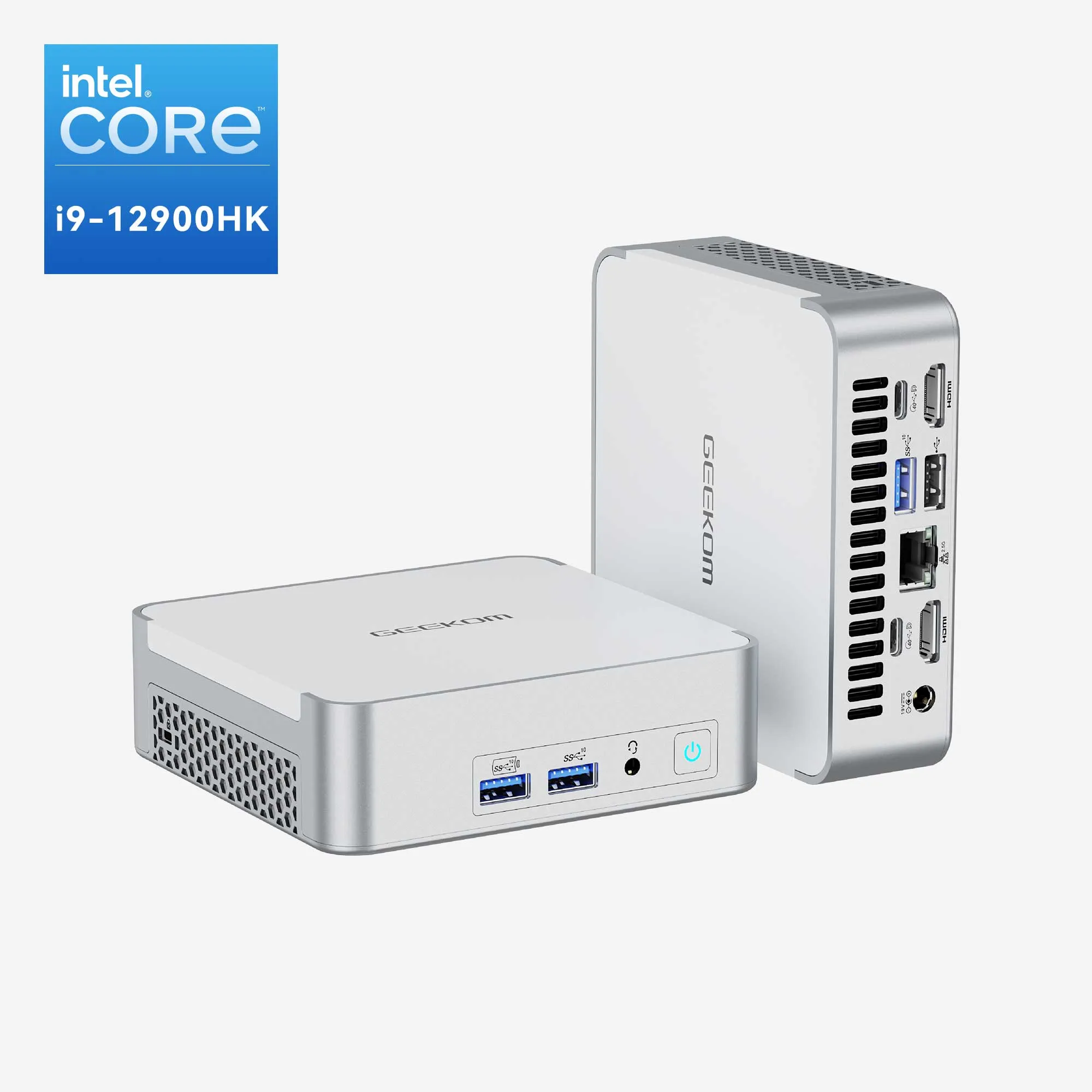
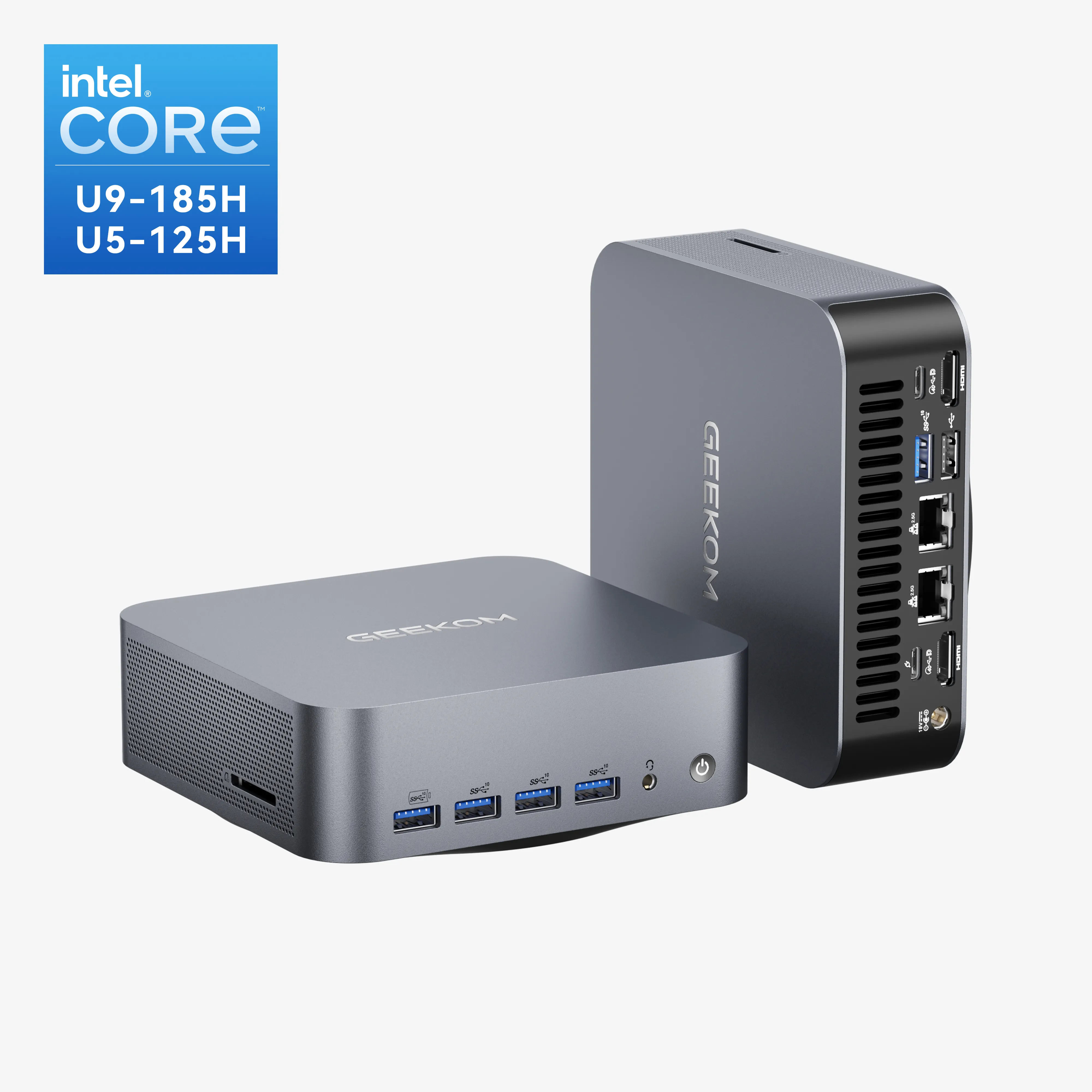
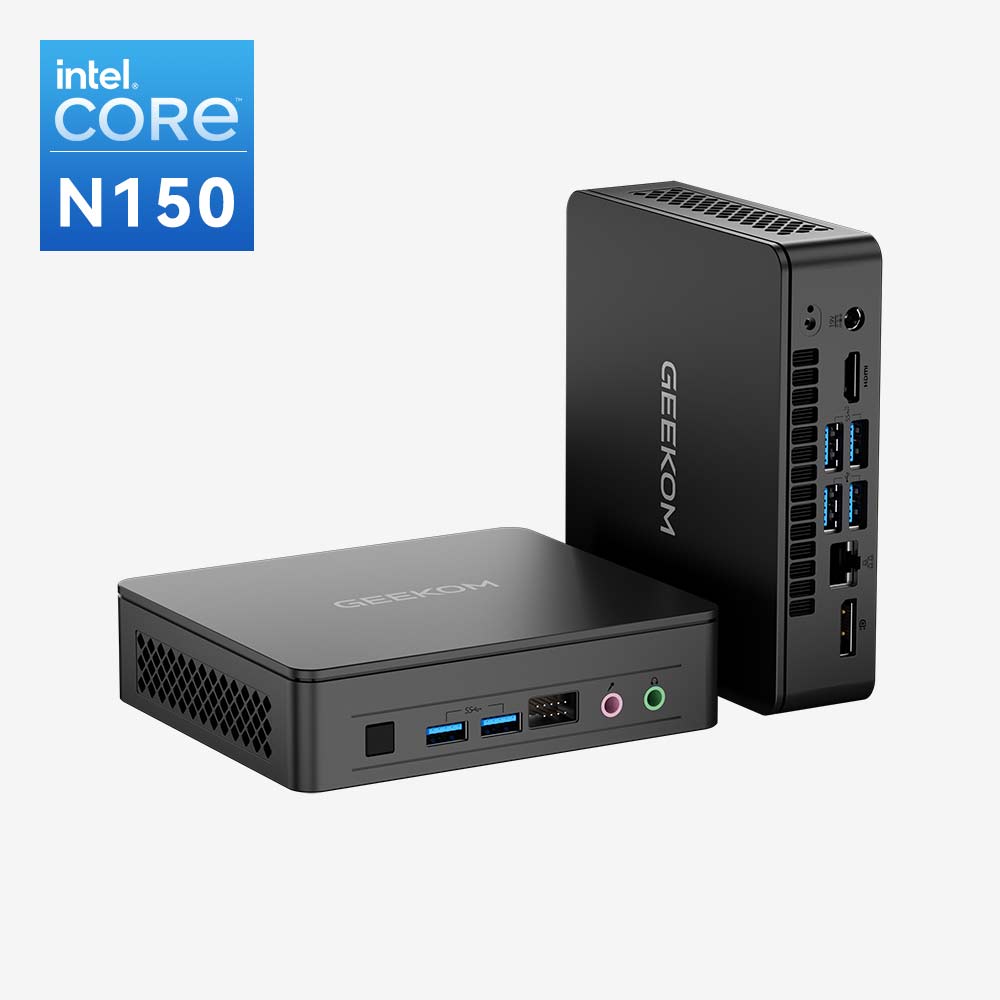
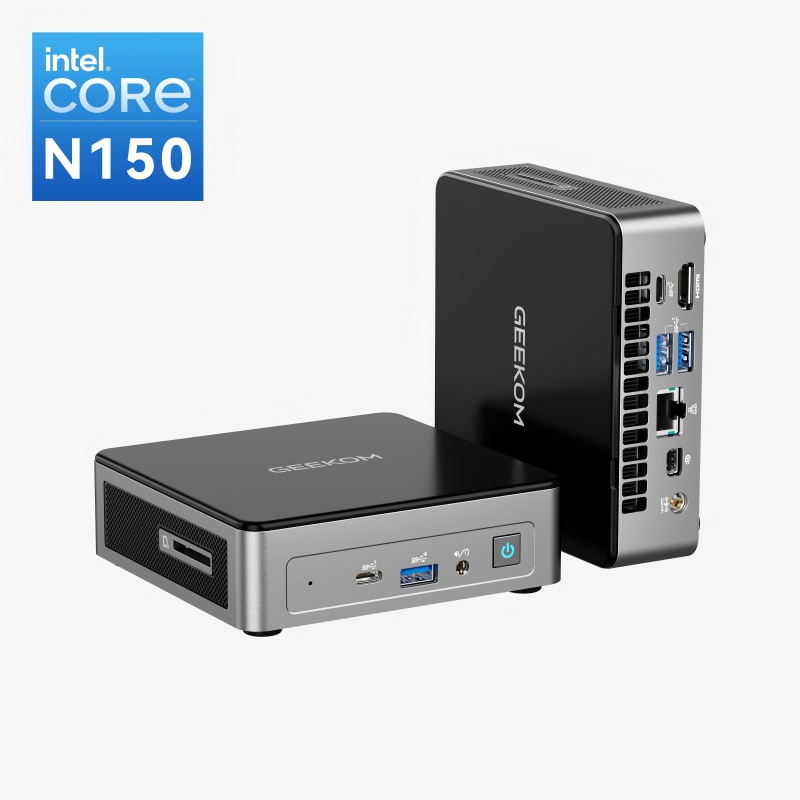
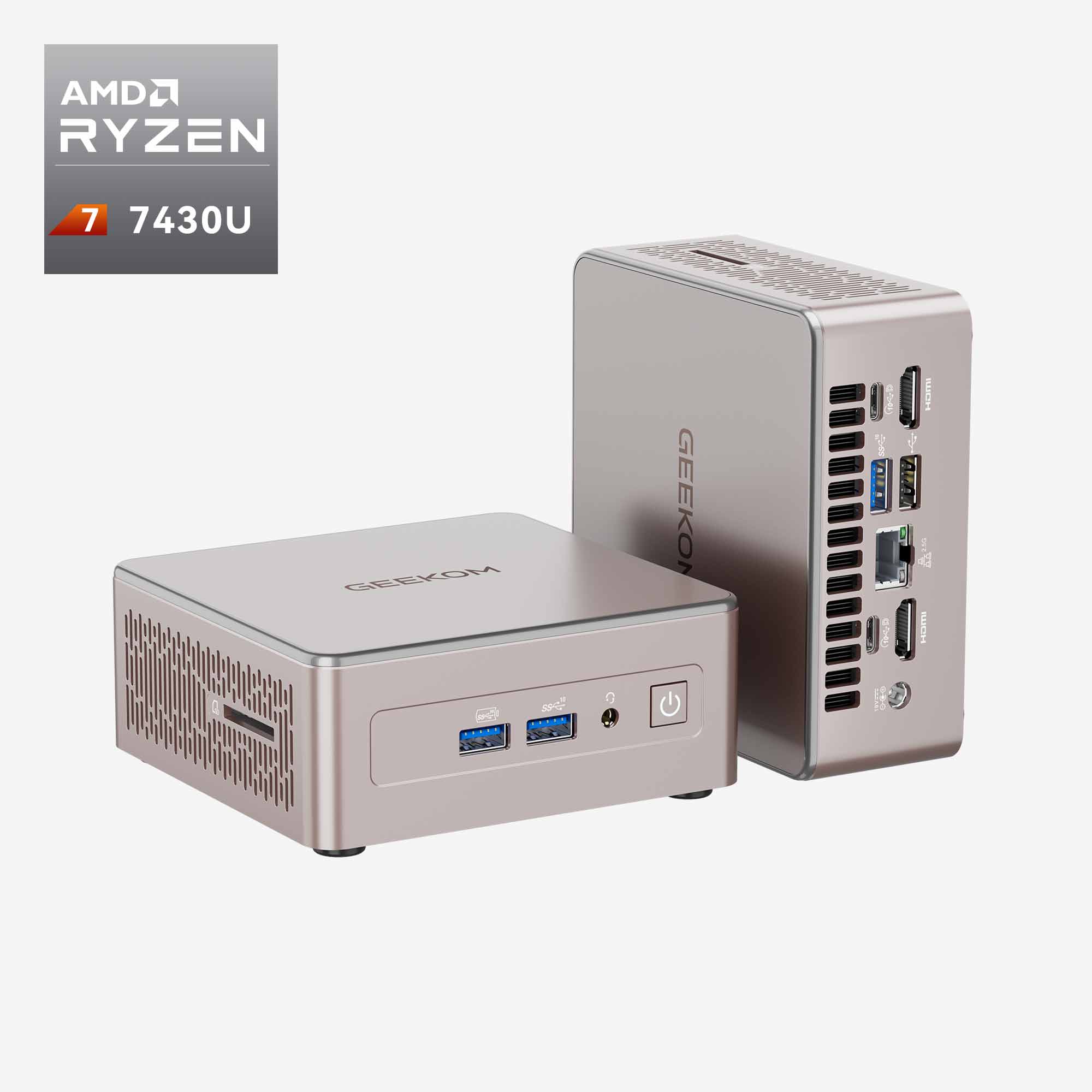
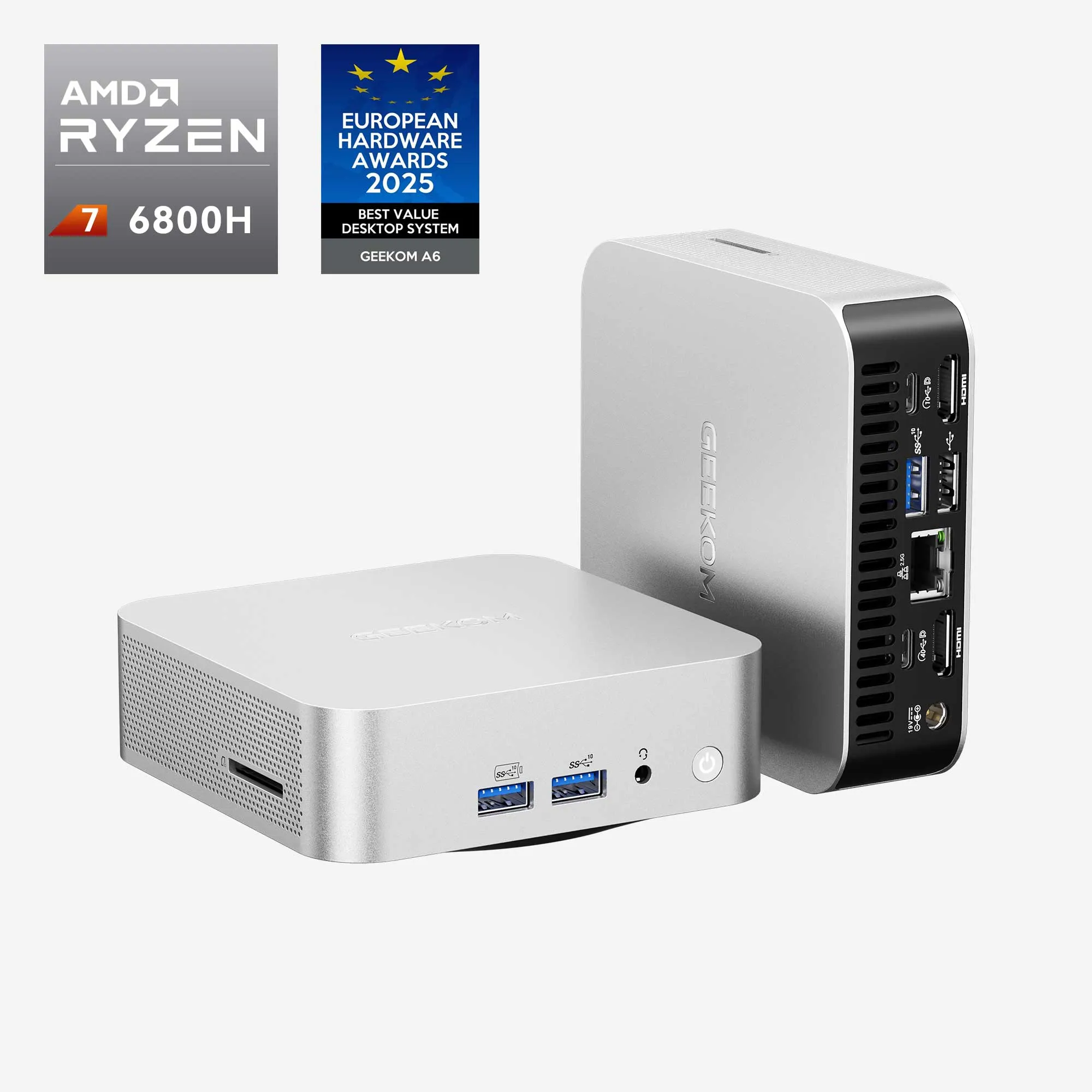
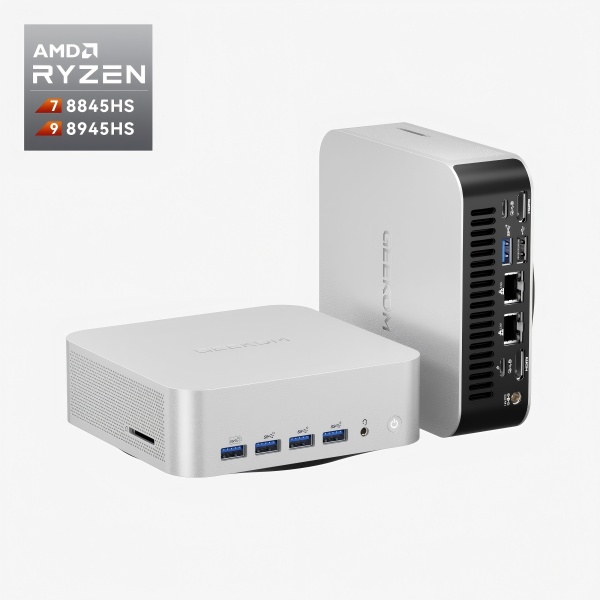
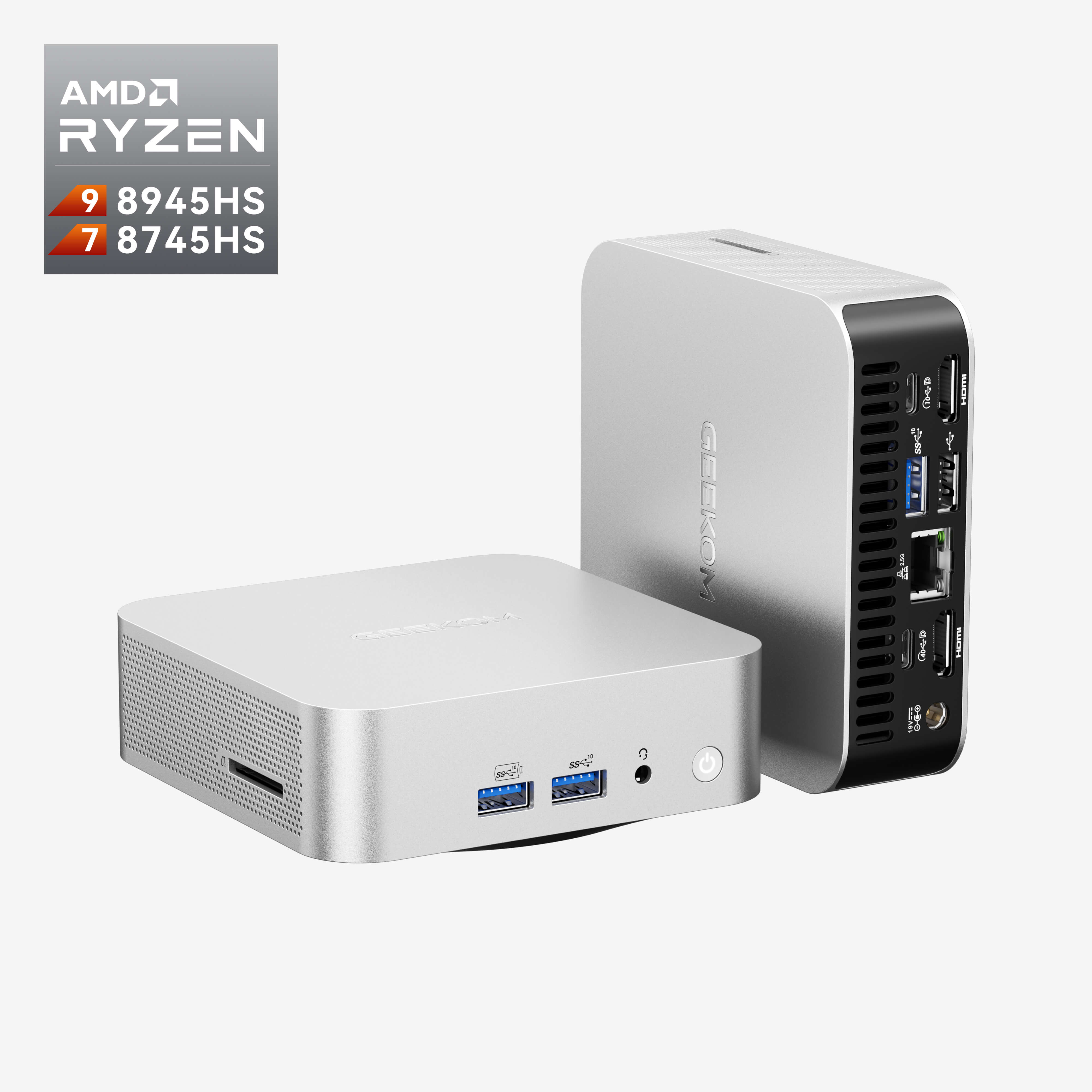







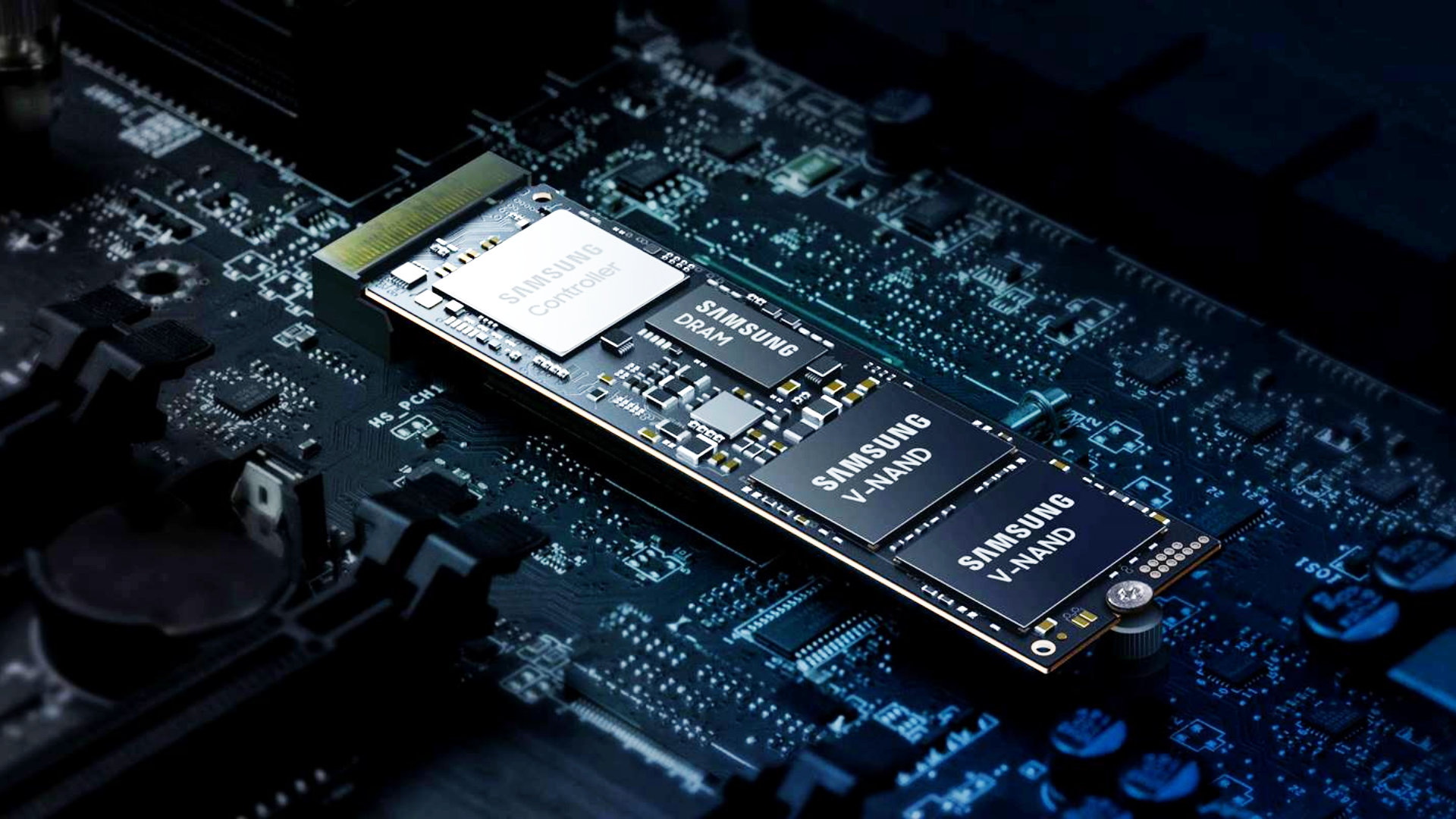
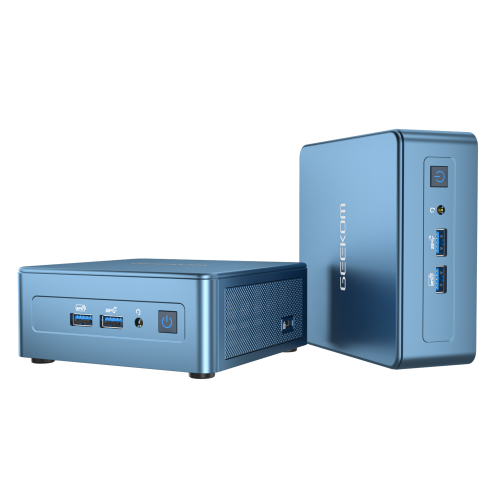
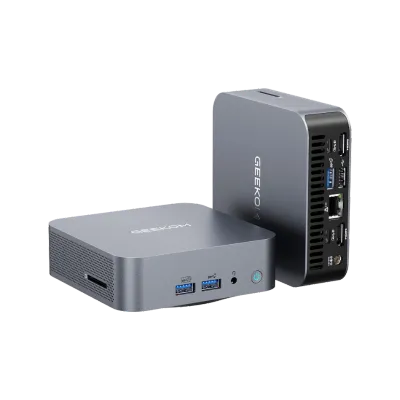
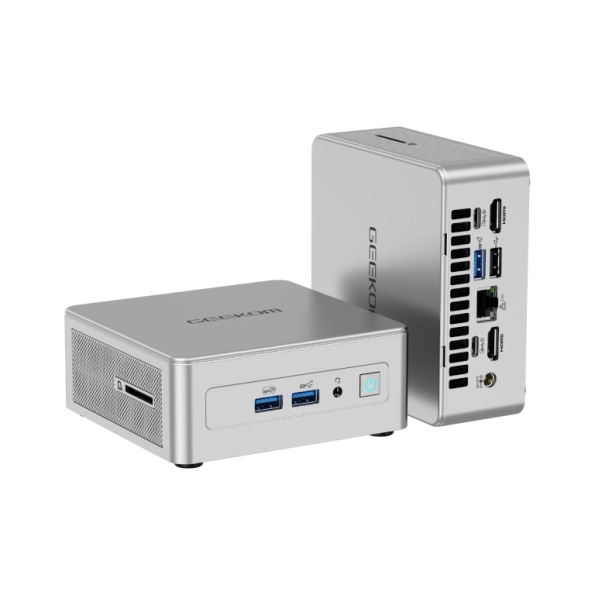

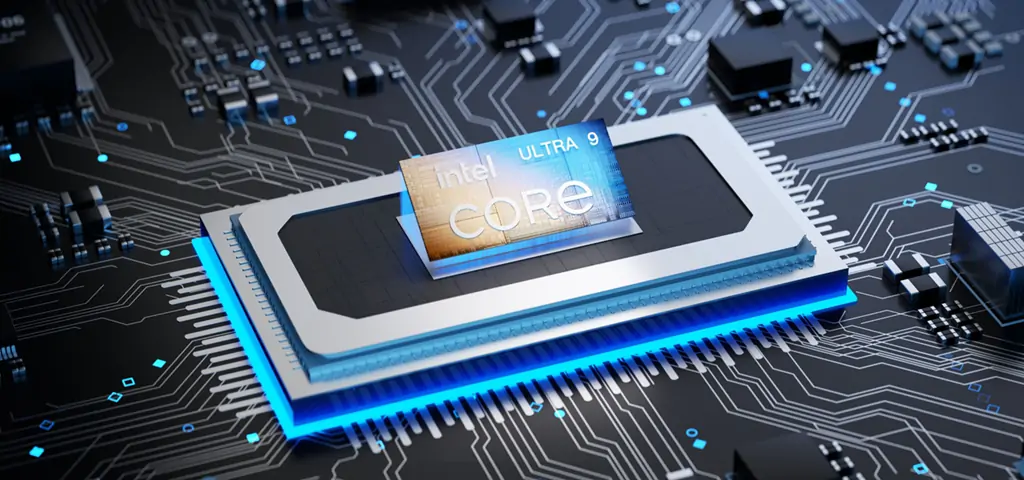
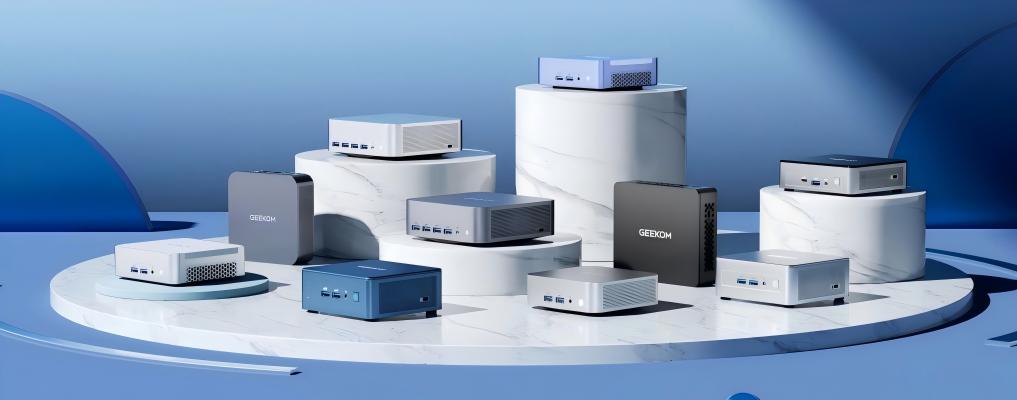

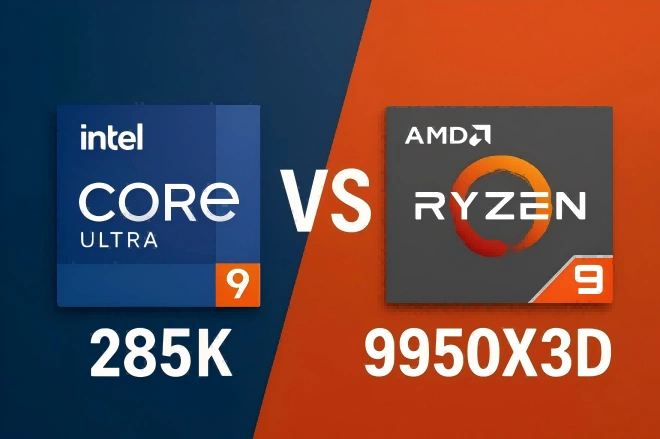

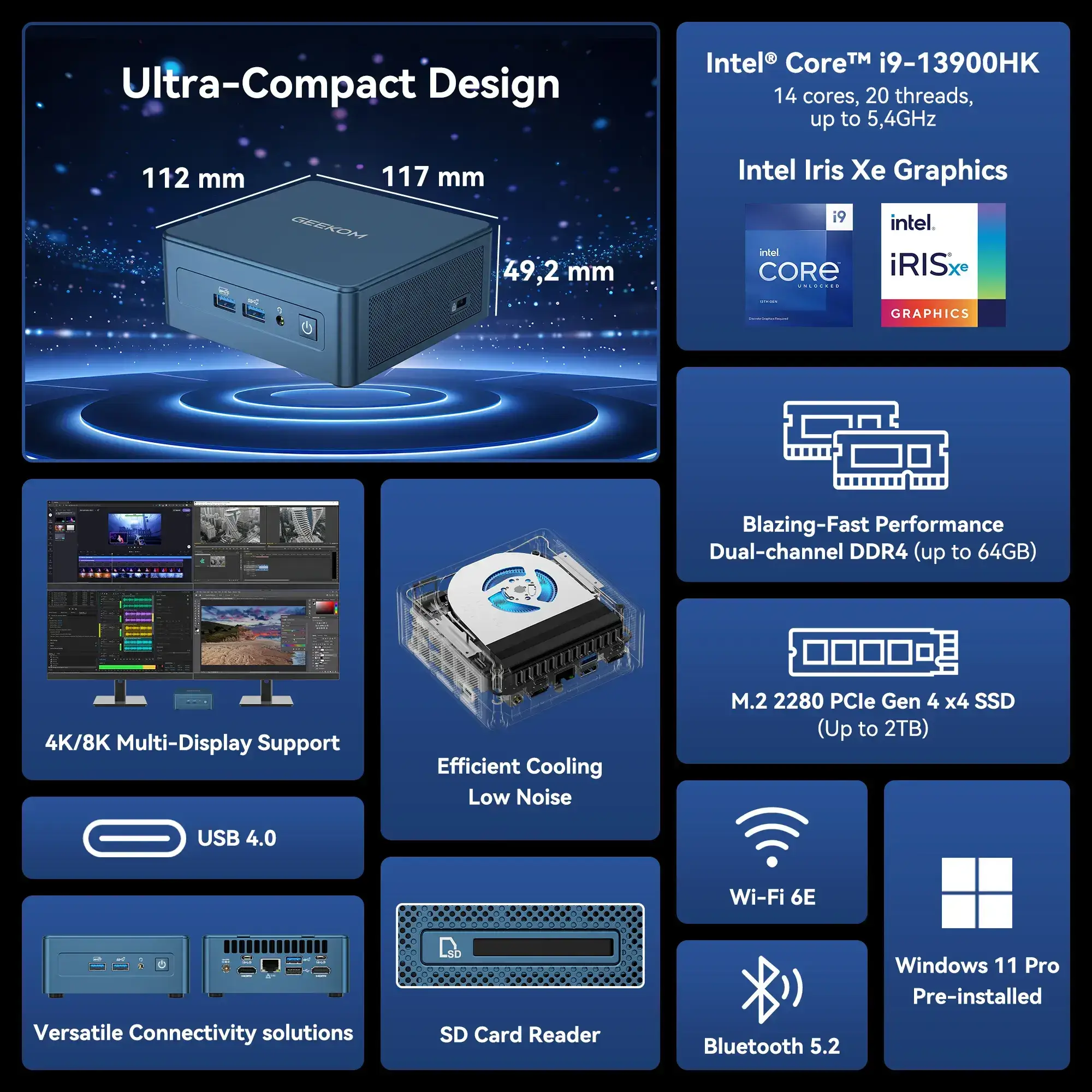
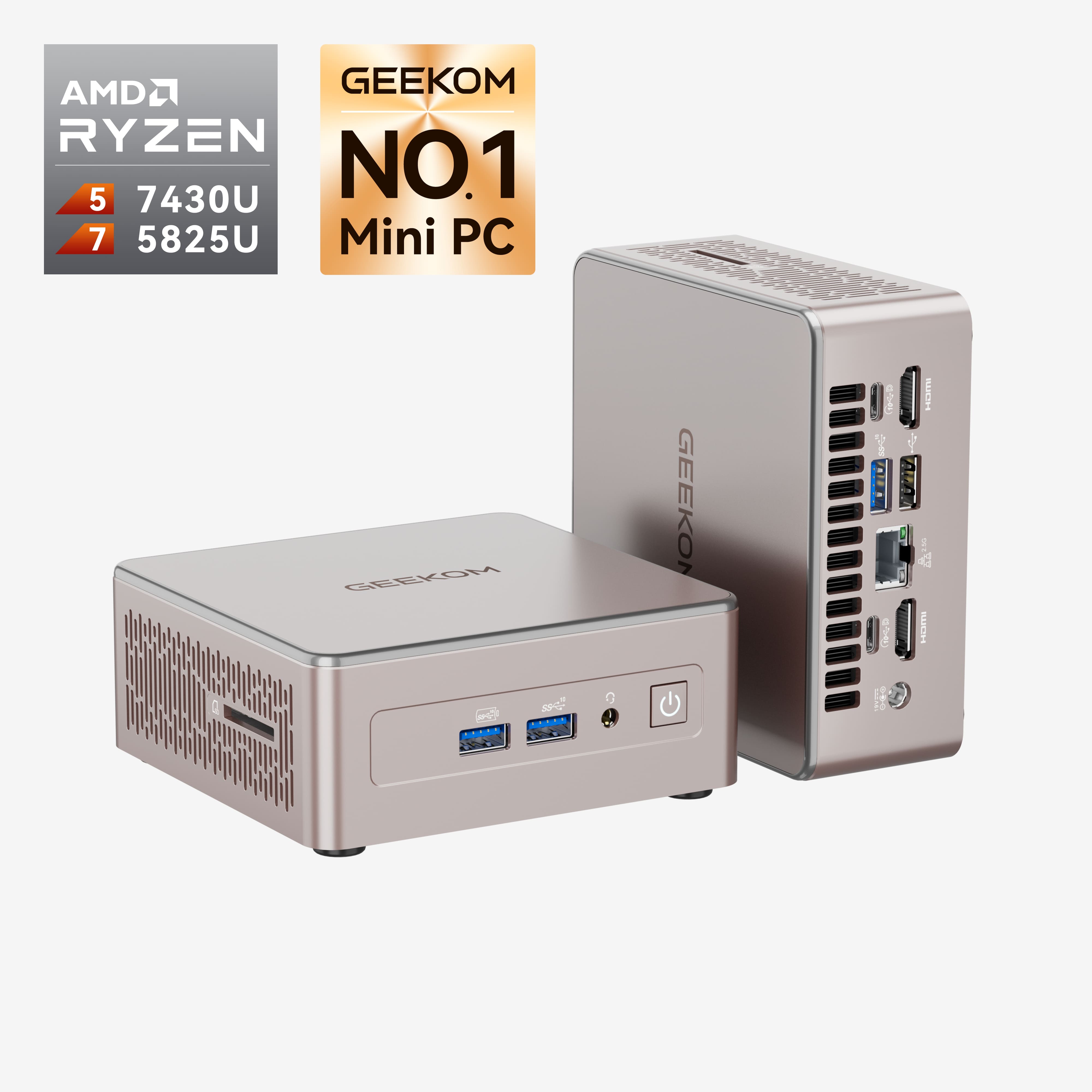
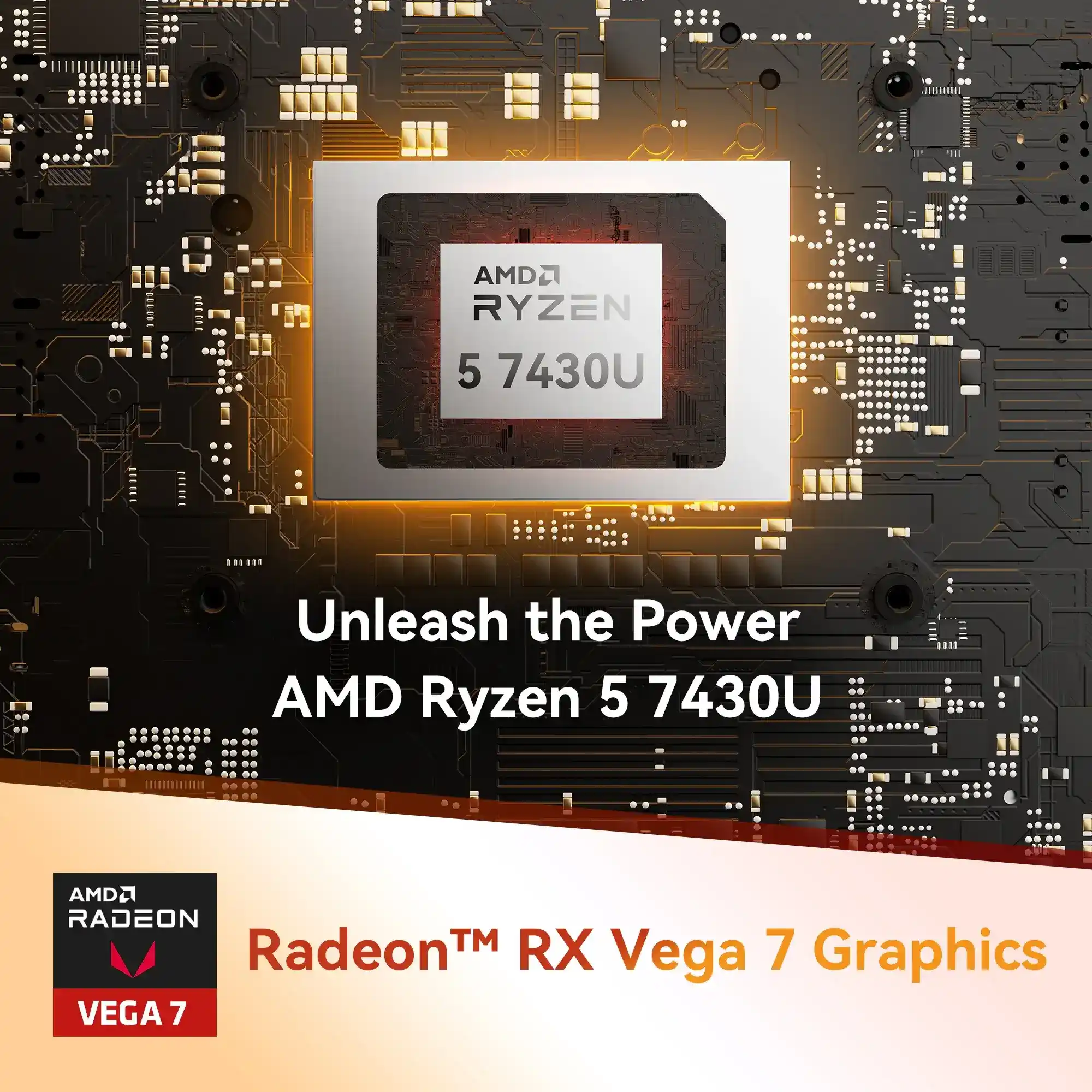
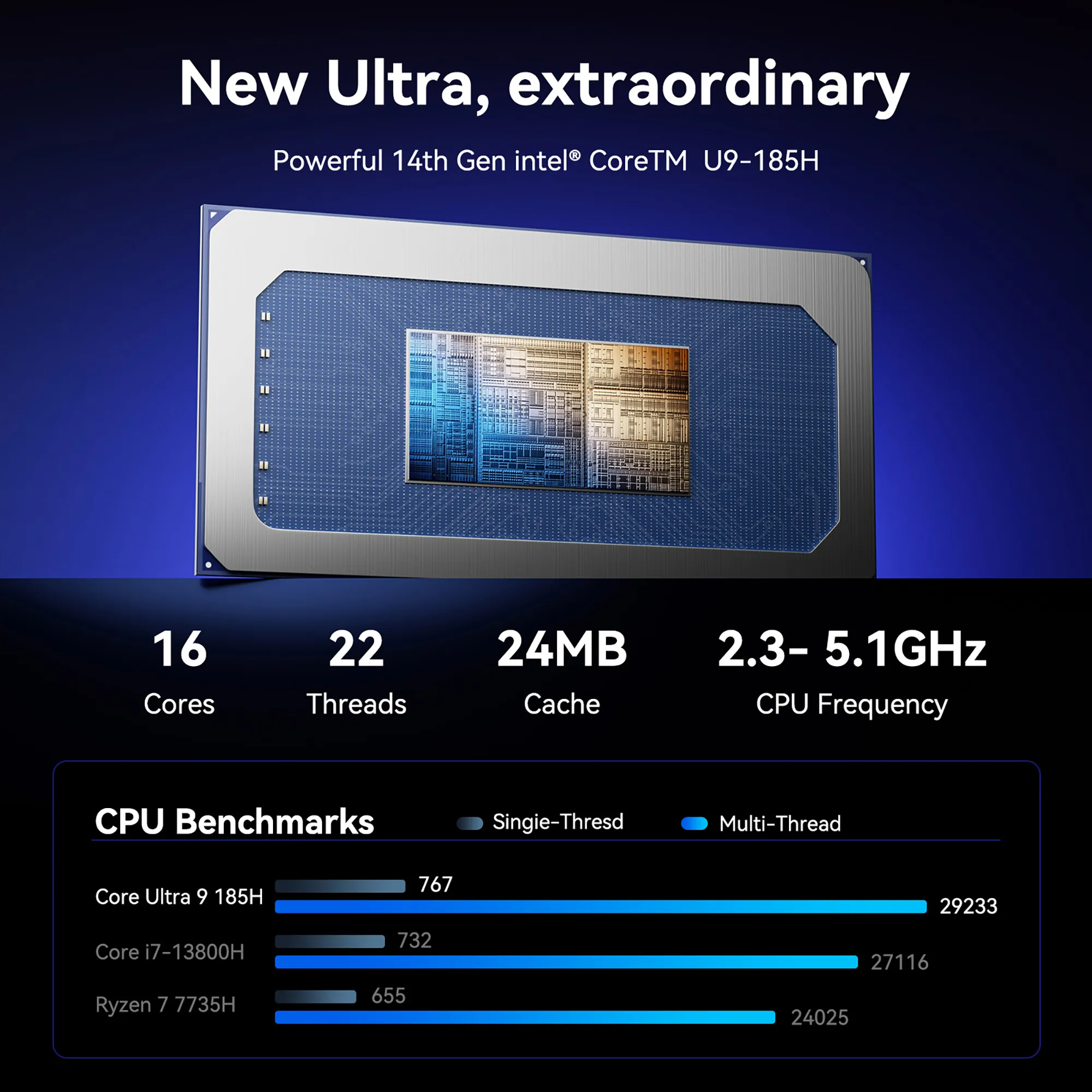
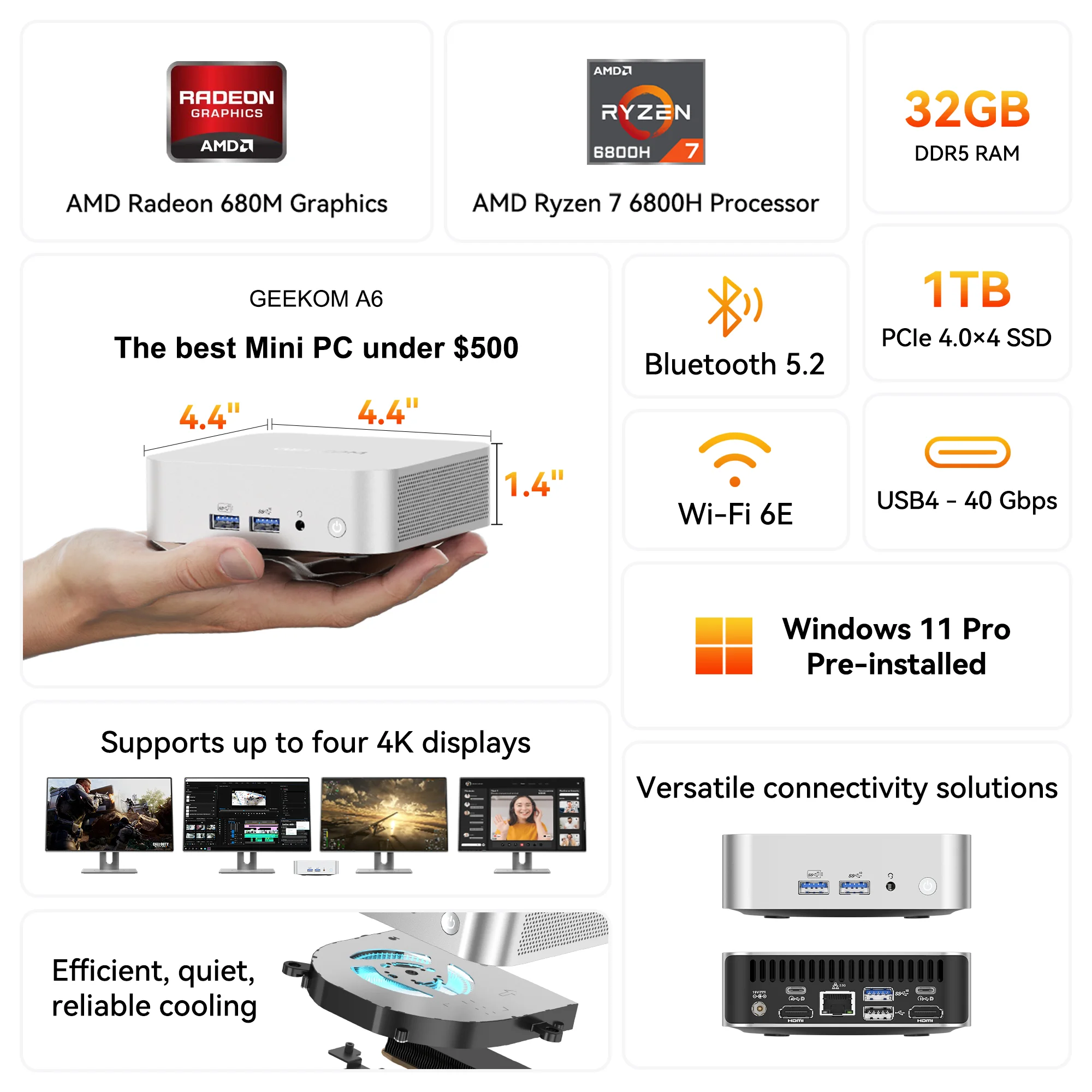
Comments (1)
Great article! I’m particularly excited about the potential of PCIe 5.0 for gaming and data-intensive applications. The doubling of bandwidth could really enhance performance, especially with the latest GPUs and SSDs. It’s interesting to think about how this will impact future hardware development!